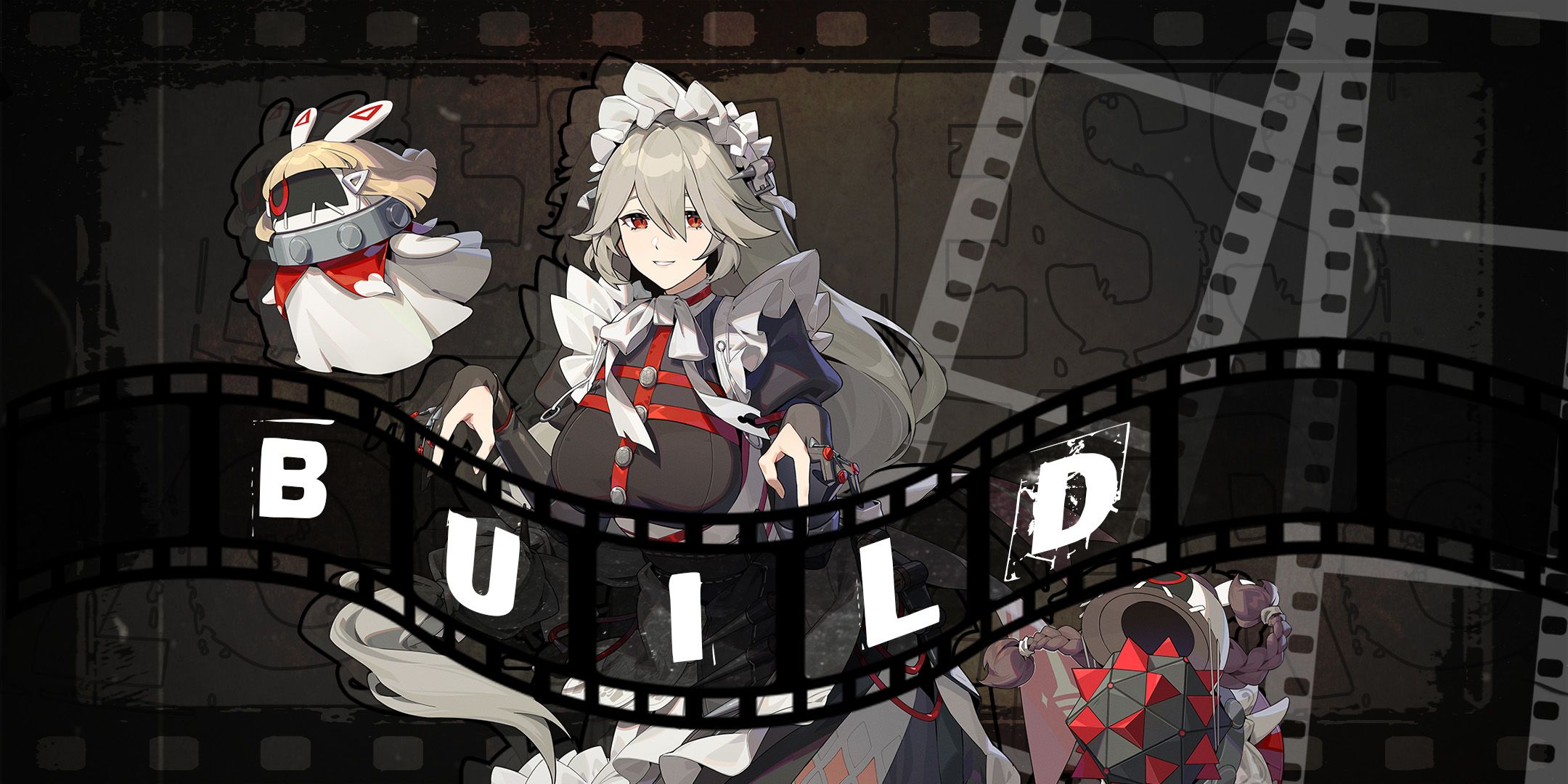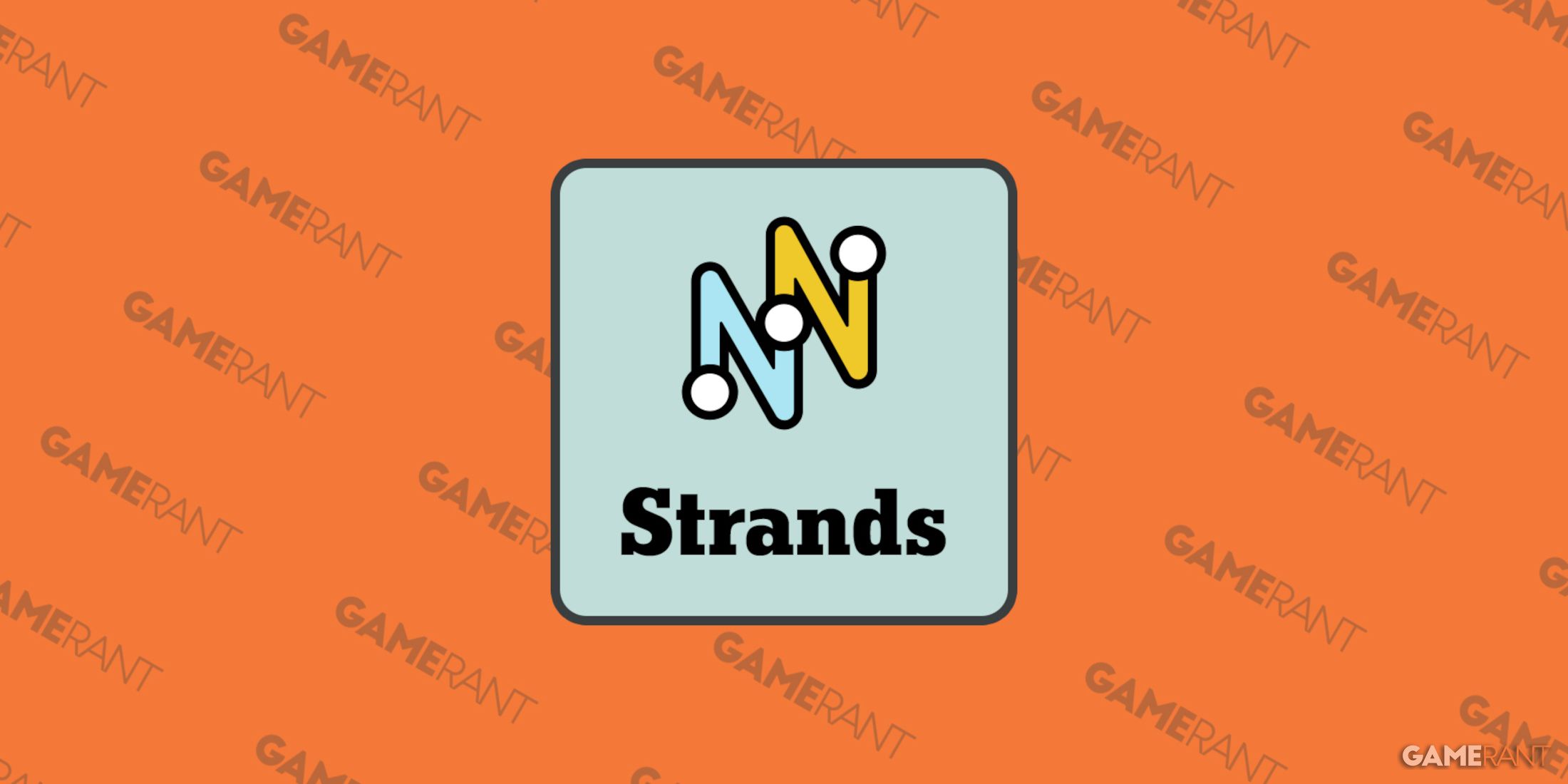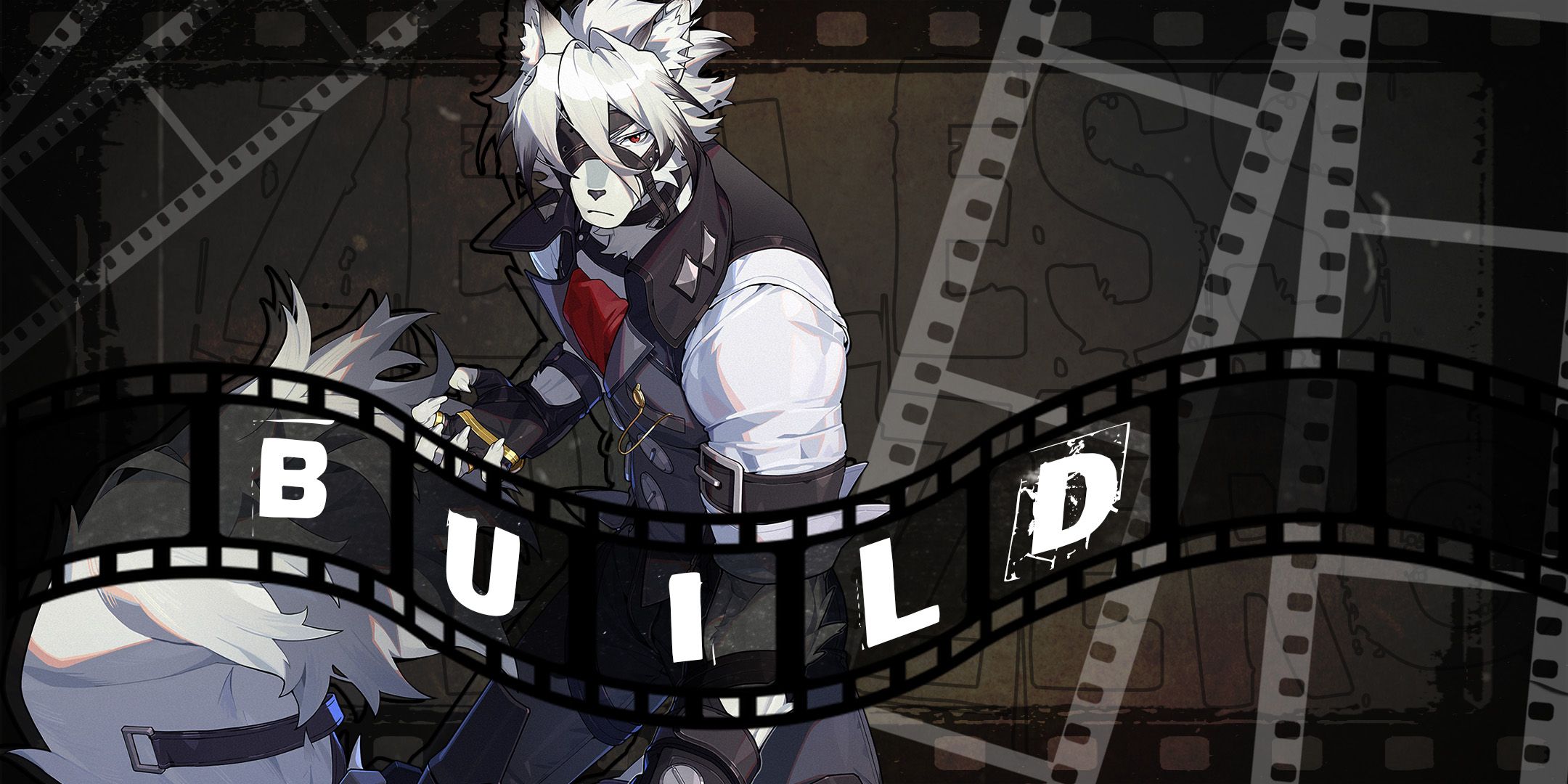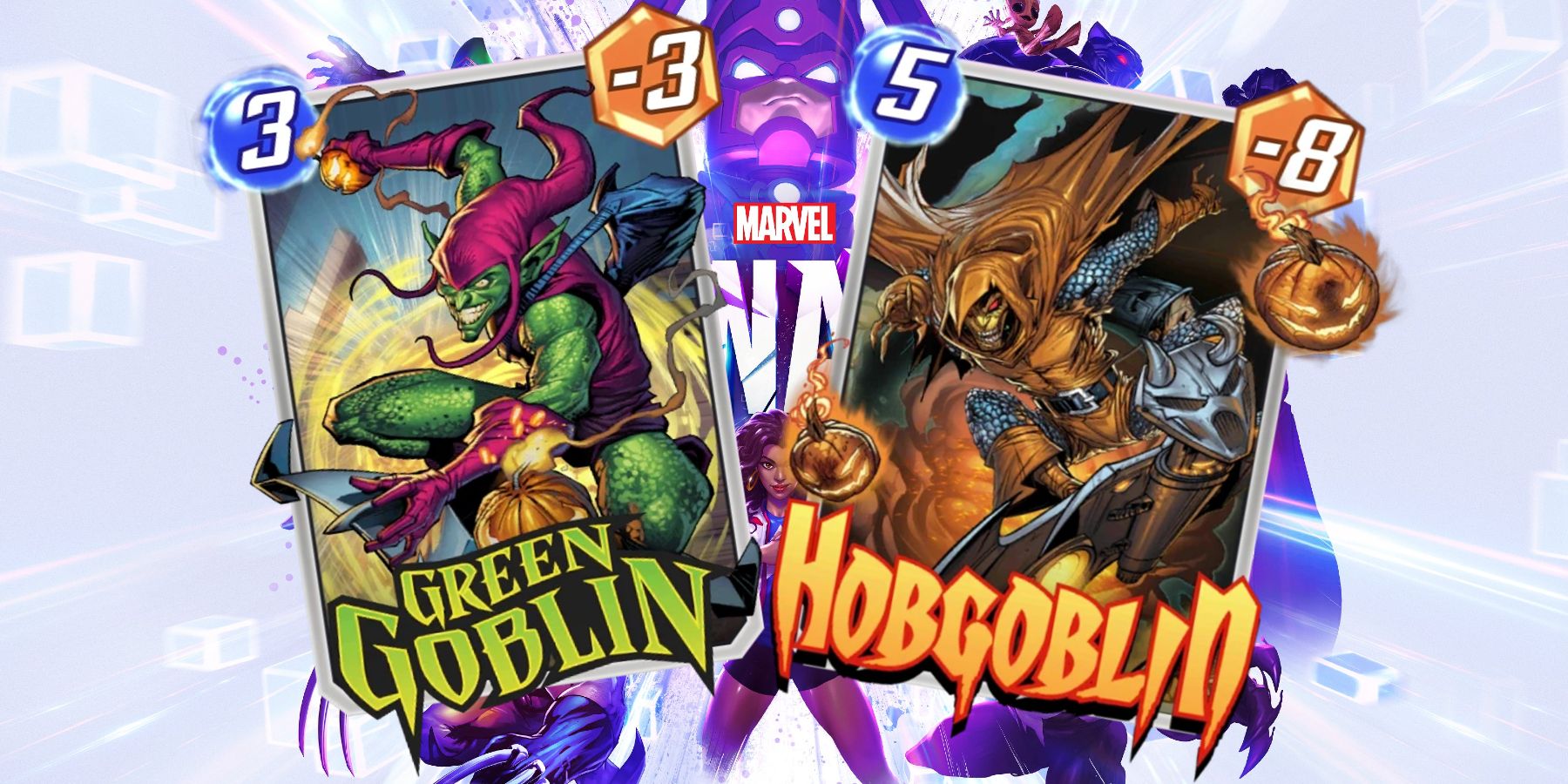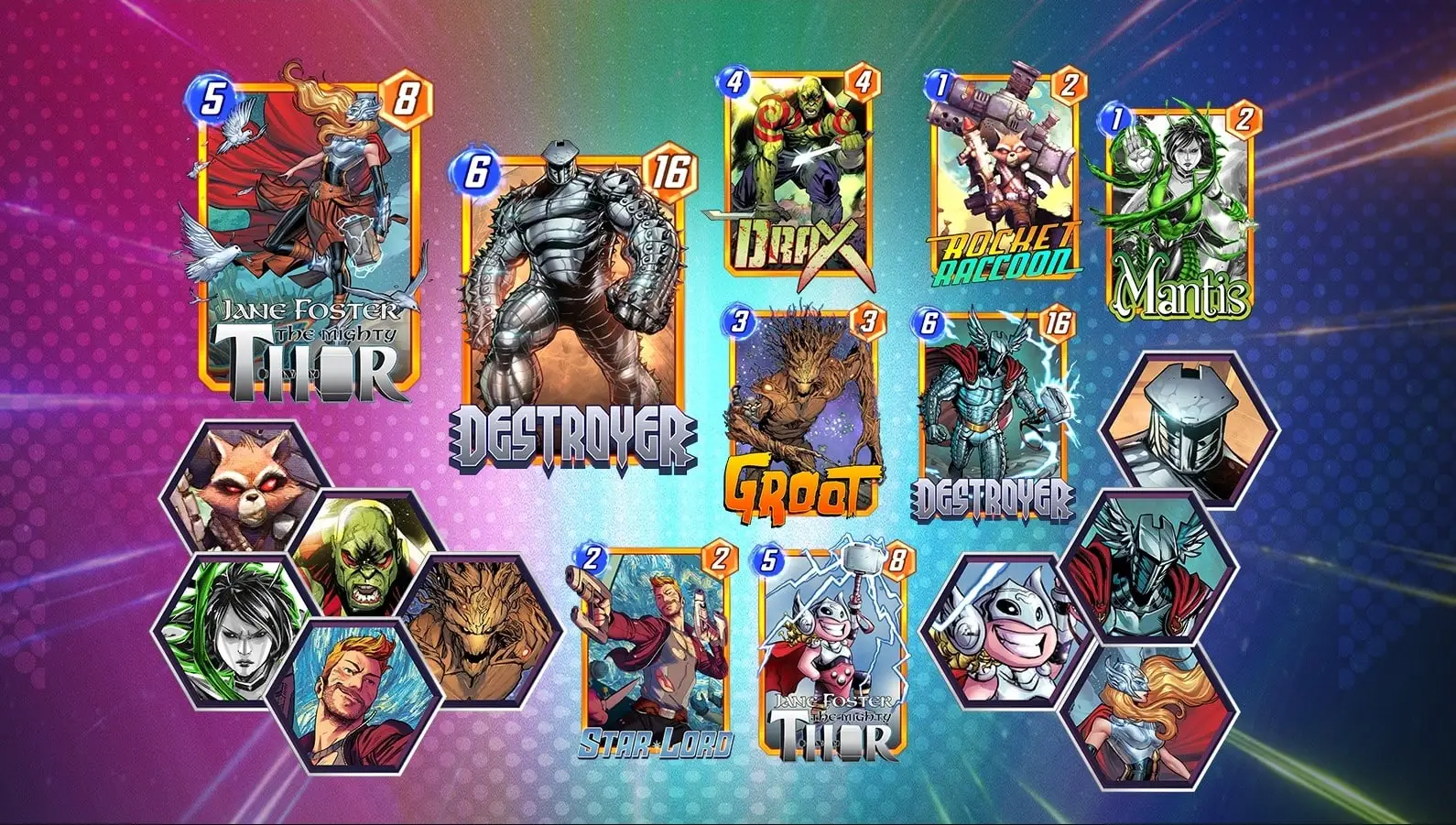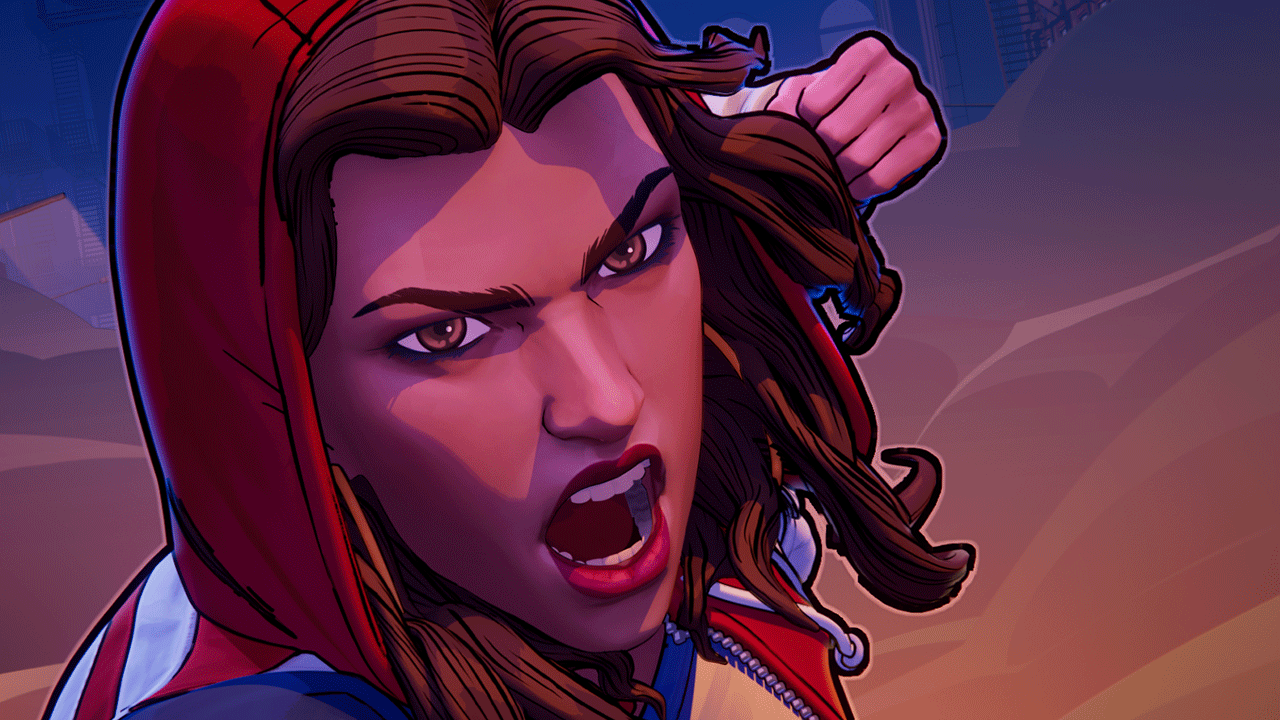Marvel Snap has a lot of potential for post-launch content with its seasonal rewards and character highlights. But one of the most impressive parts of Second Dinner’s viral mobile hit is how many cards it has, and how it always seems to introduce new characters to the player in each match. Of course, the Marvel pantheon is profoundly large, and therefore Marvel Snap has no shortage of characters it can use for cards, but as a result, it is unsurprising that many cards echo the same ability as one or more other cards.
It would be absurd to expect Second Dinner to come up with that many unique abilities, and to be fair, the RNG of different locations each match is where Marvel Snap truly gets its gameplay kicks. There are comprehensive deck builds in Marvel Snap that the community has latched onto, though any deck could be either underpowered or overpowered depending on what locations are revealed mid-match. Some cards will let players circumvent these locations uniquely, and different decks may better complement a card that has an ability similar to another.
Many Marvel Snap Cards Reflect One Another
It is interesting to note how many cards are only slightly different from others, especially when players decide which cards to add to their decks. The Guardians of the Galaxy’s Gamora, Star-Lord, Groot, Drax, and Rocket Raccoon are all accounted for in Marvel Snap, for example, but having only one of them in the player’s deck is advised.
Each Guardian has the same On Reveal ability, though to different effect: if these cards are played on a location at the same time as the opponent plays a card there, that Guardian will receive an increase to their power level. Gamora will receive five points of power, for example, while Rocket Raccoon will only receive an increase of two power.
However, each card also has a different starting energy and power output. Star-Lord and Groot both receive an increase of three power for their On Reveal abilities, but Star-Lord starts with two energy and two power, while Groot starts with three energy and three power. Likewise, when either Green Goblin or Hobgoblin is played at a location, it will move to the opponent’s side of that location.
But Green Goblin starts with three energy and minus-three power, while Hobgoblin starts with five energy and minus-eight power. This forces Marvel Snap players to decide which cards they think they could get the most utility out of, such as whether a low-cost card with lower reward rewards would be more effective than a high-cost card with a higher power reward.
Marvel Snap Creates a Sense of Familiarity and Affiliation This Way
Pairings such as Ultron and Doctor Doom or Carnage and Venom provide further evidence of this ability transference. This makes sense from a gameplay perspective, but it is also a great way for Marvel Snap to showcase superhero and supervillain affiliations within the Marvel universe. The Guardians of the Galaxy are a great example of this, particularly when there may not be characters that are wholly unique within a superhero team.
The Avengers do not have shared abilities because of how unique they are as individual characters, but characters like Green Goblin and Hobgoblin are essentially identical with a colorway swap, and therefore it makes sense. The mobile and PC game has enough unique cards to supplement how many familiar ones there are anyway, and Marvel Snap’s card-based meta can account for any of these cards in any combination if locations and abilities are strategically decided upon.
Marvel Snap is available now for Mobile and PC.

